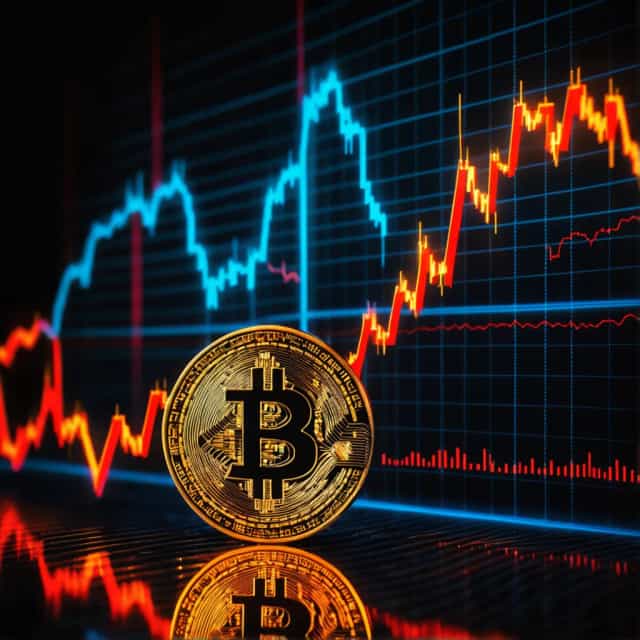
출처: Block Media
South Korea's Housing Loan Restrictions Fuel Demand for Alternative Lending Options
The South Korean government, under President Lee Jae-myung's administration, has ramped up efforts to curb housing-backed loans through measures such as the "June 27 Measures" and the "October 15 Plan." These policies aim to control household debt and cool the property market but have triggered a "balloon effect." As access to housing loans tightens, borrowers are increasingly turning to unsecured credit and secondary financial institutions to meet their funding needs.
This phenomenon is reflected in the growing demand for alternative lending products offered by South Korea's top five banks, including revolving credit lines, deposit-backed loans, and auto-backed loans. Financial experts predict the ripple effects of these tightened regulations may push more borrowers into the nonbanking financial sector as major banks implement stricter lending limits to meet annual debt management targets.
October Sees Credit Lending Rebound: $882 Billion Surge in Revolving Loans
Recent data reveals a sharp rebound in credit lending after months of decline. As of October 16, the household loan balances across South Korea's five major banks rose to KRW 765.65 trillion, a month-over-month increase of KRW 1.55 trillion. Housing-backed loans contributed KRW 709.6 billion to this growth, while unsecured credit loans soared by KRW 857.6 billion.
A standout product in this resurgence is revolving credit lines, known locally as minus accounts. The Financial Supervisory Service reported a KRW 882.5 billion jump in revolving credit balances at the five major banks during October, pushing the outstanding balance to KRW 39.67 trillion—a growth of over KRW 900 billion compared to six months prior.
A banking official attributed this spike to borrowers seeking higher-limit unsecured loans amid regulatory restrictions on housing-backed loans. However, the official also cautioned that unsecured loans may face stricter regulation as the year draws to a close.
Expanding Borrowing Channels: Deposit and Auto Loans Gain Ground
The lending shift extends beyond revolving credit lines, with heightened demand for deposit-backed and auto-backed loans. Deposit-backed loans recorded KRW 35.8 billion in growth during October, while the daily growth rate doubled after accounting for fewer business days due to the Chuseok holiday.
Demand for auto-backed loans soared notably in South Korea's secondary financial sector. Financial Supervisory Service data presented to the National Assembly’s Political Affairs Committee shows daily applications for auto loans at savings banks now exceed 5,600—a 2.5-fold increase compared to the prior five-month average.
"Despite high interest rates, borrowers are opting for vehicle-backed loans in the secondary financial sector as housing loans remain out of reach," explained a savings bank representative.
Major Banks Tighten Lending Amid Higher Borrower Demand
As loan demand grows, South Korea’s top commercial banks are escalating measures to restrict credit access. Woori Bank has set caps of KRW 1 billion per branch for housing-backed loans and jeonse deposit financing in November and December. Similarly, Shinhan Bank has suspended new loans originated through brokers until year-end, while Hana Bank and NH NongHyup Bank plan to scale down broker-based loan operations by November. These moves are indicative of efforts to meet loan targets while remaining compliant with tighter regulations.
Secondary Financial Sector Benefits: Balloon Effect Strengthens
Experts warn that stricter controls among major banks will intensify the shift of borrowers toward nonbank lenders, where regulations such as the Debt Service Ratio (DSR) cap play a pivotal role. Unlike the 40% DSR ceiling imposed on banks, the secondary financial sector allows borrowers to access credit at a higher limit of 50%.
"As government restrictions on housing loans persist, borrowers are left with little choice but to explore alternatives like revolving credit lines, deposit-backed loans, or auto-backed loans," said a savings bank official. "The trend toward secondary lenders is likely to accelerate further, especially if additional household debt measures are introduced in the coming months."
The Broader Implications for Financial Stability
The South Korean government’s robust stance on housing loans is part of a broader strategy to regulate the property market and control household debt. While these policies aim to reduce financial risks associated with excessive borrowing and speculation, the "balloon effect" has inadvertently increased reliance on unsecured loans and expanded the role of secondary financial institutions.
While this regulatory shift may achieve its intended goals, the growing dependence on nonbank lenders raises concerns about potential vulnerabilities in South Korea’s financial ecosystem. As borrowing behavior transforms and credit risk disperses across sectors, policymakers may need to carefully weigh the balance between regulation and economic stability moving forward.










